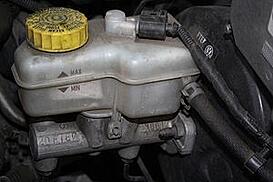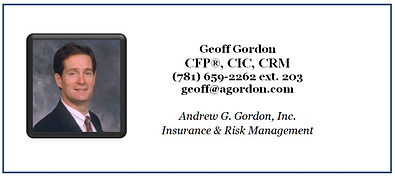- 781-659-2262
I recently received a friendly reminder from my car dealer not to forget to winterize my car. With winter weather fast approaching, it makes sense to tackle some of the simple maintenance tasks that could keep your car in top running condition. Timely maintenance does more than keep your vehicle running smoothly. It can help increase its trade-in value, improve its mileage and save you time and costly repairs down the road.
 Belts. With the engine off, check your car’s belts for cracks and missing pieces. To check for proper tightness, press down on the belt with your thumb. If the belt gives more than half an inch, it needs tightening.
Belts. With the engine off, check your car’s belts for cracks and missing pieces. To check for proper tightness, press down on the belt with your thumb. If the belt gives more than half an inch, it needs tightening.For more relevant information and insurance resources, visit the A. G. Gordon website. Look for our auto insurance resources and whiteboard videos. Learn more about your auto insurance options here.
 |

We are local insurance experts serving the South Shore for over 70 years.
Click below to get a free quote for your personal or business insurance.